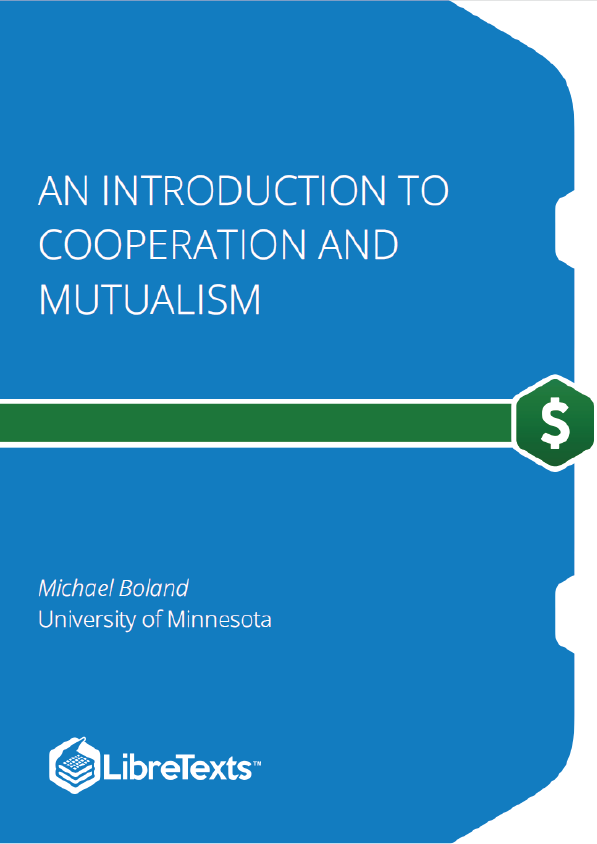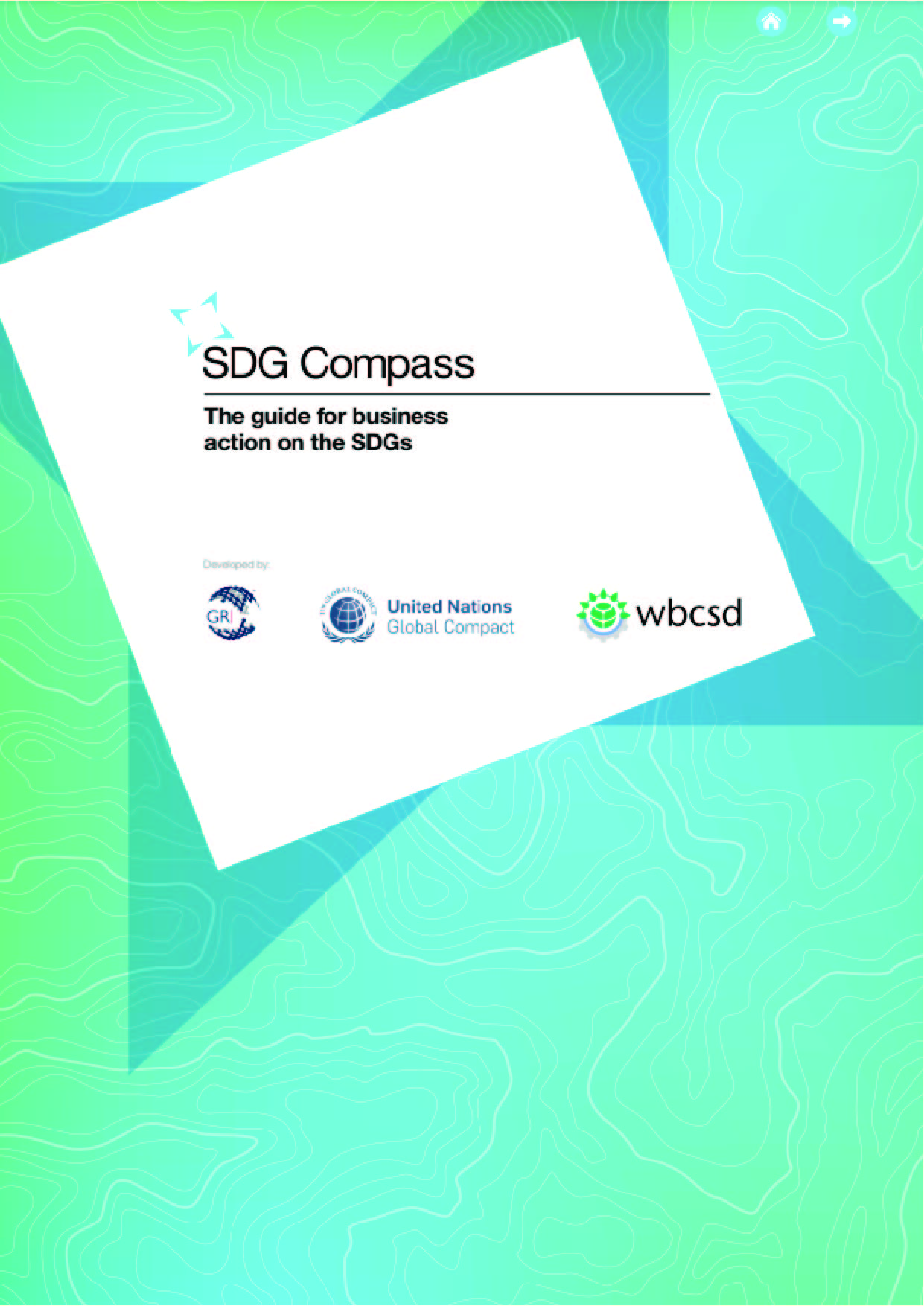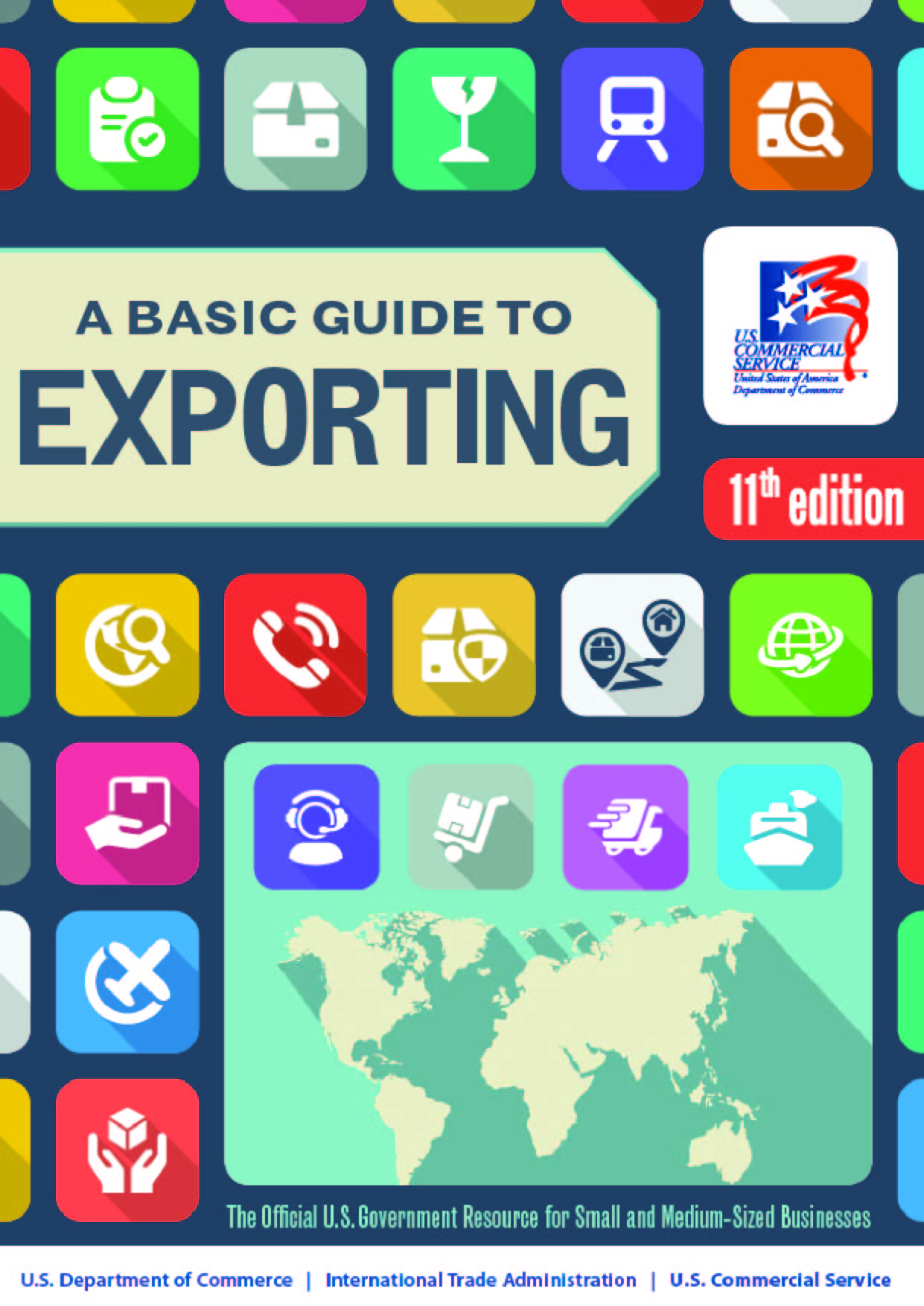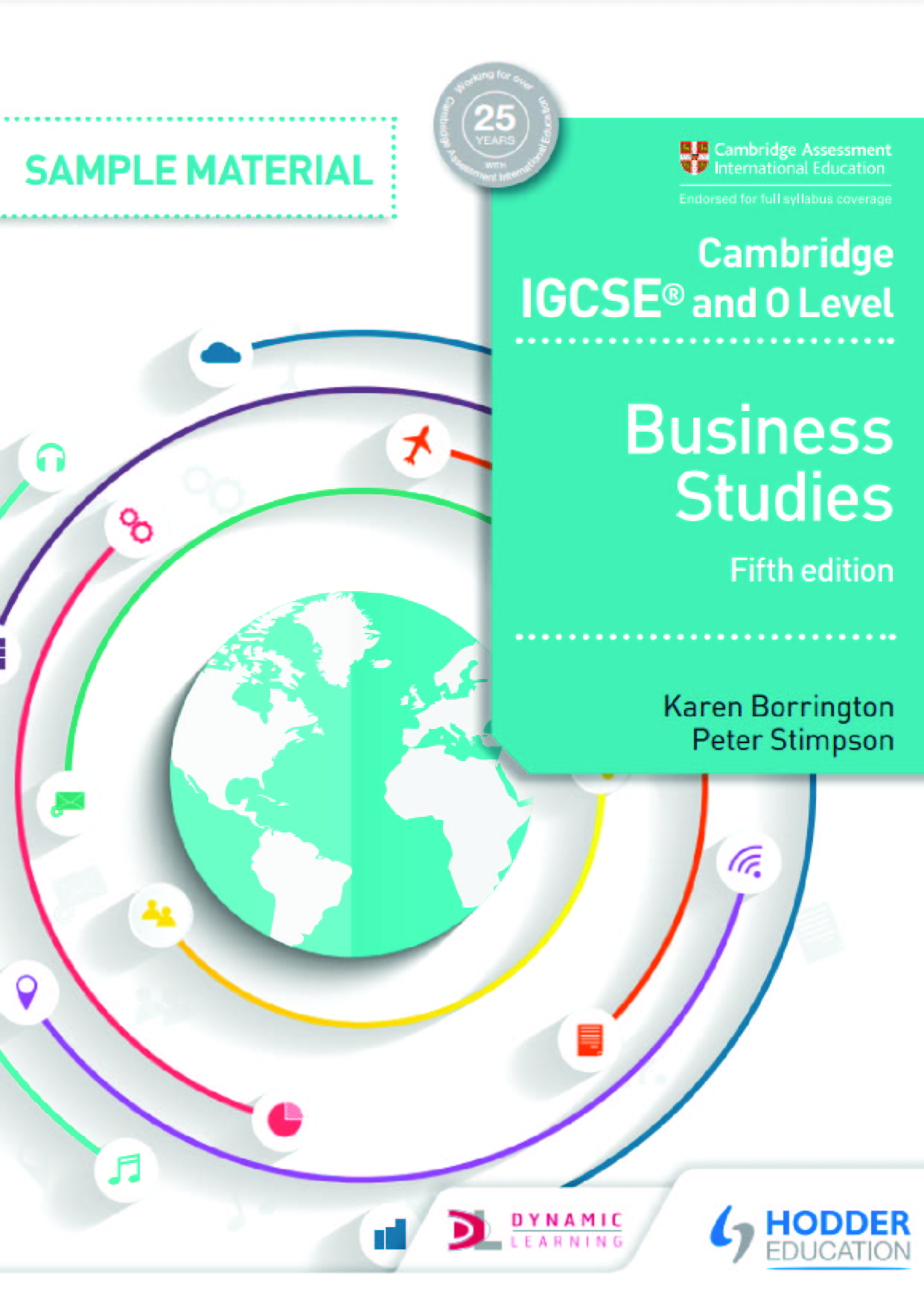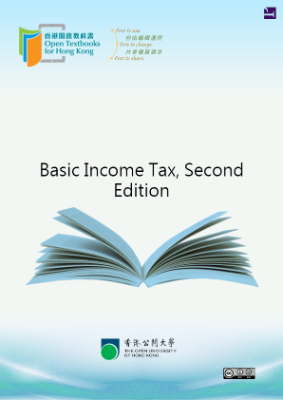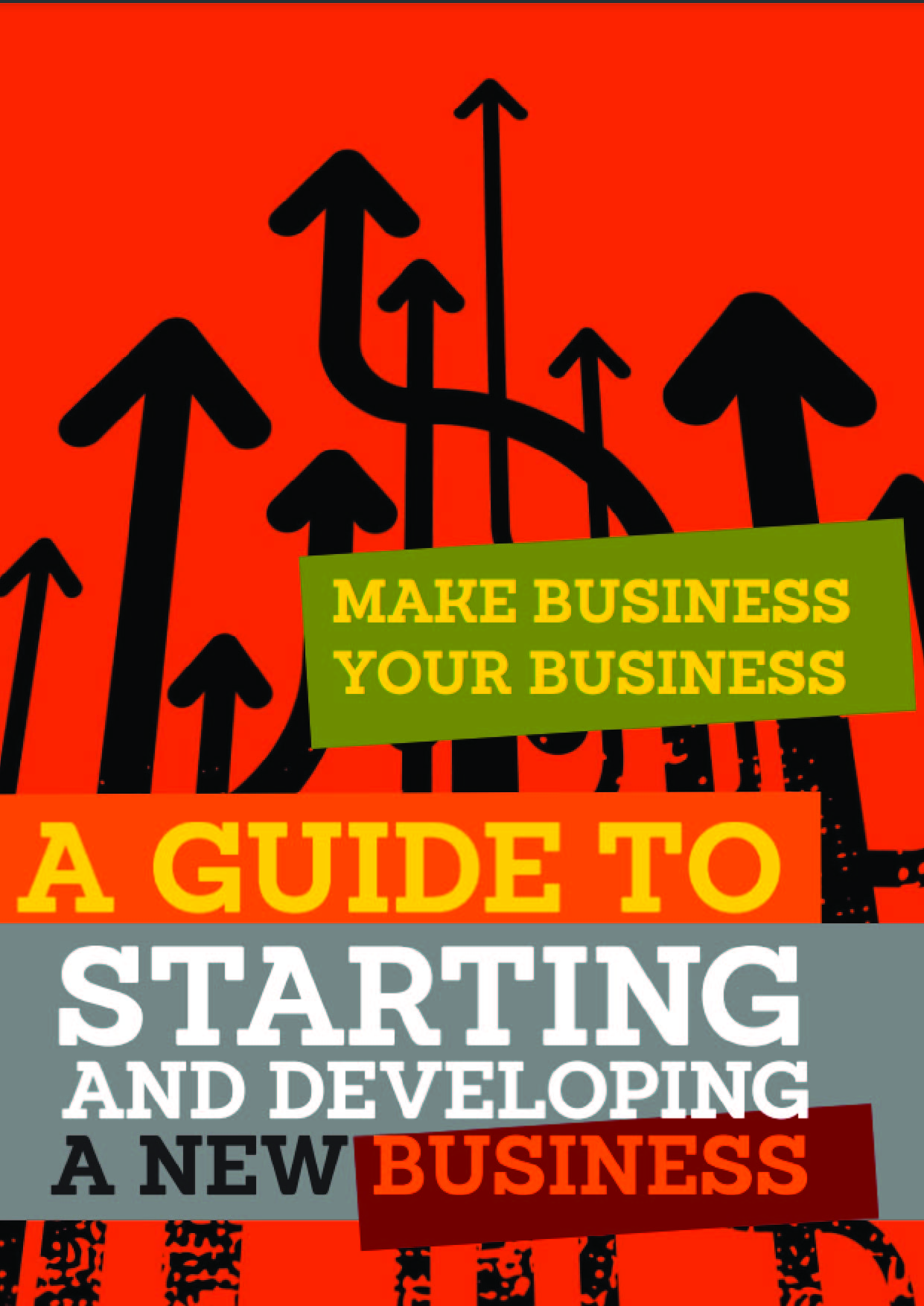The purpose of this textbook is to introduce the ideas of cooperation and mutualism. Consequently, it is likely to be used in an introductory course on cooperatives and mutuals as opposed to a graduate seminar course. As an economist, it stands to reason that much of my discussion is written through the eyes of economics. After all, a cooperative or mutual will not survive unless it achieves an economic purpose. Another goal I have with the book is to make it accessible, affordable, and easy to update.
I began with roughly 320 pages of double-spaced text. As I tried to separate what should be in the teaching manual relative to the text, it gradually dawned on me that, with the many kinds of materials publicly available, I was making the book too unwieldy. No class is the same; some are taught once a week, some twice, some three times. The number of students differs, as does the classroom itself, with some courses taught in traditional lecture halls and others in active student learning classrooms. The real value to the instructor and reader is the teaching materials and how they are used. Virtually all instructors supplement a textbook with their own materials and the same will be true with this book as well.
I thus looked at the materials and decided to make the book much smaller and more focused. Student feedback was overwhelmingly positive! This process resulted in moving much of the original material into the teaching manual and creating a shorter textbook. A number of my colleagues have contributed to the lesson plans in the teaching manual and I want to acknowledge their help and contributions.
The last cooperative textbook, which was edited by David Cobia in 1989 and includes chapters written by various cooperative scholars, made an outstanding contribution by creating a consistent set of cooperative terminology. I have tried to follow their practice, with the exception of one term: investor-oriented firm, or IOF, is a term I understand as an academic, but I believe it is confusing for readers in an introductory class.
I have thus chosen to use the terms cooperatives and non-cooperative corporations. Finally, mutuals have never been discussed within previous textbooks on cooperatives and there is no widespread literature on them. Because there is so much overlap, and because many people who belong to a cooperative also belong to a mutual insurance firm and likely do not even realize it, I have chosen to add mutualism as an idea in this textbook.
In keeping with the idea of making the book easily readable, I have chosen not to use explicit citations like those used in an academic journal article. Rather, I have compiled endnotes with information on the sources for particular concepts or ideas. I have tried to acknowledge original sources wherever possible, and to recognize individuals who helped popularize those concepts and ideas.
The first chapter introduces the idea of a firm and how it is defined and organized. I then introduce the idea of property rights and governance. For the vast majority of students, this is the first time they will be exposed to this concept. Because a cooperative is a firm, it is important that students are grounded in these concepts. The formation of cooperatives and mutuals is introduced within the context of the firm’s Make or Buy decision.
The second chapter defines cooperatives as participatory organizations in which members participate in economic and social benefits, ownership, and control. I introduce the importance of a cooperative using a business strategy to recognize that members are first and foremost customers, and lay out the various types of cooperatives. I also introduce some of the reasons why cooperatives have been used so widely in agriculture.
